The top richest countries in the world are dubbed “richest” mostly for the fact that they have the highest GDP Per Capita using their Purchasing Power Parity (PPP).
Gross Domestic Product, or the Gross Domestic Product, is a proportion of abundance in the nation gotten from sources including export incomes, earnings, utilization, and the worth of goods and services the nation produces in a space of 1 year.
Setting the standard as indicated by these measurements and building up similar parameters no matter how you look at it is the thing that makes GDP so famous in exhibiting and contrasting wealth. The GDP per capita is the wealth partitioned by the number of occupants in the country, which is a useful estimation that can give interpretation into the individual satisfaction in a country. If the GDP per capita is high, this can frequently show the affluence and prosperity of the nation’s citizens.
SEE POST: FairMoney Easy Loan
Here is the list of the 15 richest countries in the world, analyzing from their GDP per capita making use of Purchasing Power Parity (PPP). PPP is a well-known measurement used by macroeconomic investigators that analyze various nations’ monetary forms through an expense of a “bushel of merchandise” and takes into account a more straightforward examination of financial efficiency and expectations for everyday comforts between nations.
Top 15 Richest Countries In The World
What determines these countries to be the world wealthiest is because of the following excerpt;
- Luxembourg tops the list as the richest country in the world and has maintained this position for several years now due to their high-income levels and the low rate of unemployment.
- Qatar is the third world’s richest country because it has the major oil-exporting hub in the world.
- The United States of America has the largest economy in the world because of its land rich in resources.
1 Luxembourg

Population: 631,190
GDP per capita: $120,962
Known for big-time salary levels and a low joblessness rate, Luxembourg is the wealthiest country on the planet. With its expansion rate at just 1.1%, its affluence is likewise very stable. As indicated by the World Economic Forum, the essential component for Luxembourg’s high GDP is the enormous number of individuals working in this minuscule, landlocked country while living in the adjoining western European nations. The high-level establishments and high qualities for the labor market draw in ventures and copies of the huge external firms.
Having relied upon the steel and iron industry for quite a while until it quit when profits stopped coming in the 1970s, the country adjusted sublimely. Today, as one of the most skilled workforces globally, Luxembourg succeeds from a blend of ventures prevalently, and an import-export economy dependent on monetary administrations. Little to medium-sized organizations grew large, while worldwide companies profoundly request an exceptionally talented workforce with the capacity to communicate in numerous dialects. There is likewise a little yet prosperous farming area in the country.
2 Singapore
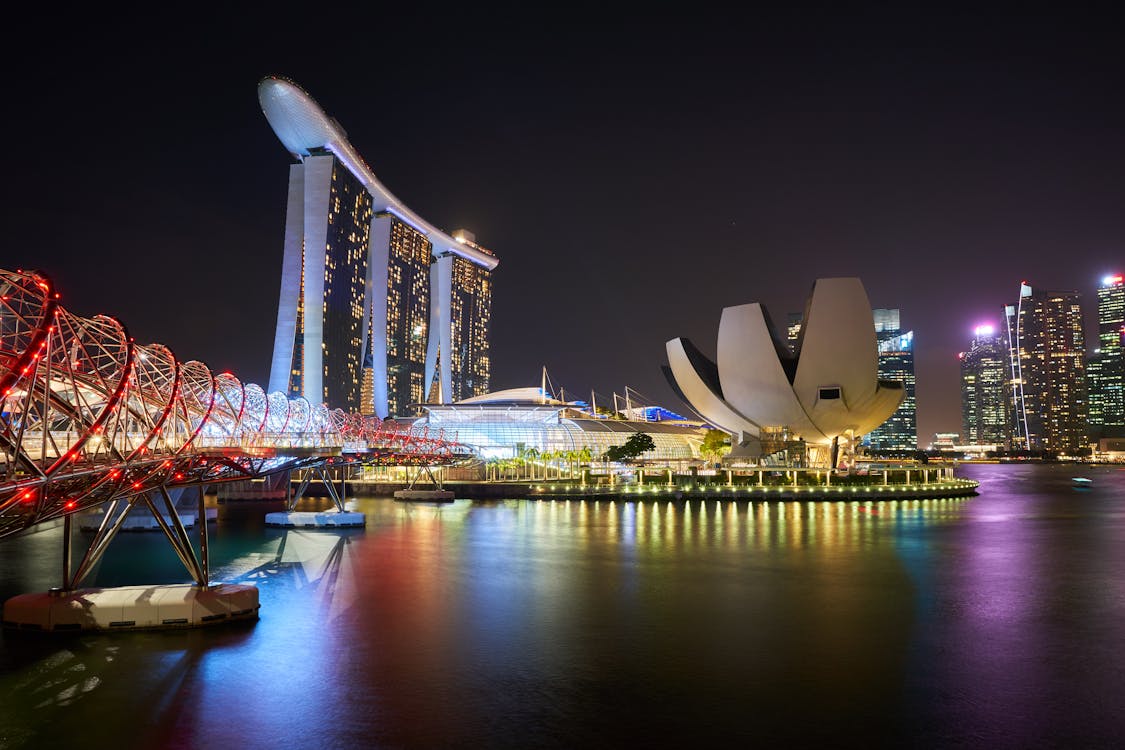
Population: 5,866,410
GDP per capita: $101,940
Singapore doesn’t have natural resources to fabricate its economy on has not halted the persevering and intelligent Singaporeans from transforming their country into the second-most wealthiest on earth. Being a focal world center point for worldwide monetary administrations firms drives the economy. The job openings in manufacturing, administrations, transport design and logistics compensate its residents awesomely, while gadgets, biotechnology, and chemicals are the country’s principal trades.
By raising the top-of-the-line framework and altogether growing its travel industry area, Singapore draws in many vacationers consistently. What’s more, the public authority (government) secured a very friendly financial climate of deregulation, open market, and alluringly low expense rates, pursued by global firms and business explorers.
3 Qatar
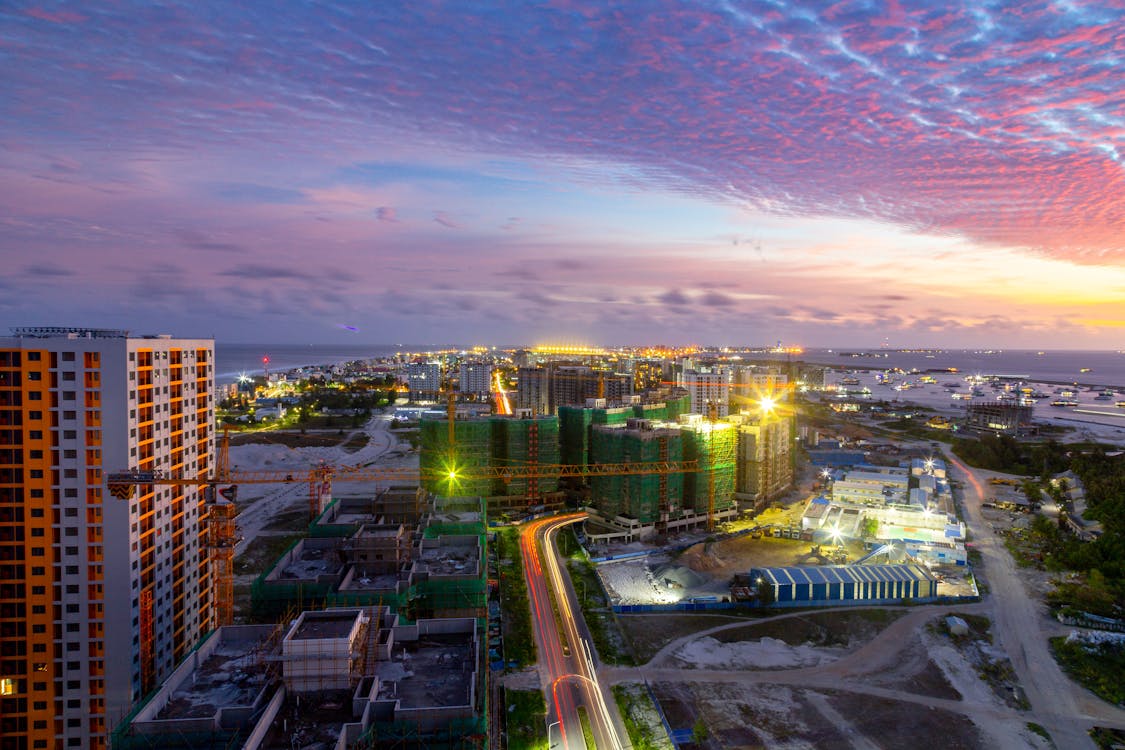
Population: 2,899,620
GDP per capita: 93,855
With just a little fishing industry and practically no schools only fifty years prior, the once-working landmass off Saudi Arabia’s eastern coast has turned into a huge oil-exporting world place over the most recent twenty years. Qatar initially started enormous exports of natural resources in 1997 to Japan and Spain, extending to different nations in the mid-2000s.
Fifteen years and 14 petroleum gas establishes later, its GDP has developed dramatically from $30 billion to more than $200 billion. Qatar has the biggest petroleum gas holds internationally, following Russia and Iran, at almost 900 trillion cubic feet, procuring 60% of its aggregate GDP.
Having found oil in 1939 and petroleum gas 30 years after the fact, it started creating 46,500 barrels each day in 1951. Albeit a portion of the income was utilized to begin modernizing the country, the Royal Family amassed a lot of wealth from it, with shares additionally going to Great Britain, its decision country.
In the wake of acquiring autonomy in 1971, Khalifa bin Hamad ousted his dad and expanded spending on social projects, lodging, wellbeing, education, and pensions, cutting the Royal Family’s recompenses. The nation additionally gets good profits from interests in foreign brands, banks, and surprisingly the Paris Saint-Germain soccer group and landed properties in London.
4 Ireland

Population: 4,953,500
GDP per capita: $87,215
Low corporate charges constantly draw in various multi-billion dollar organizations to move and develop their business in Ireland, adding to the GDP and the elevated expectation of living for individuals. In spite of the fact that residents get high wages, the pay per capita has been developing a lot more slowly than the aggregate GDP. In any case, the nation’s security and progressing abundance gained from the travel industry, horticulture, and manufacturing, is pined for by others.
The country’s principal trades contain metals and food items, including blending, PCs, parts and programming, and materials. Ireland is likewise to a great extent reliant upon its tertiary industry, including call centers, legal administrations, bookkeeping, client assistance, stockbroking, and cooking.
5 Switzerland
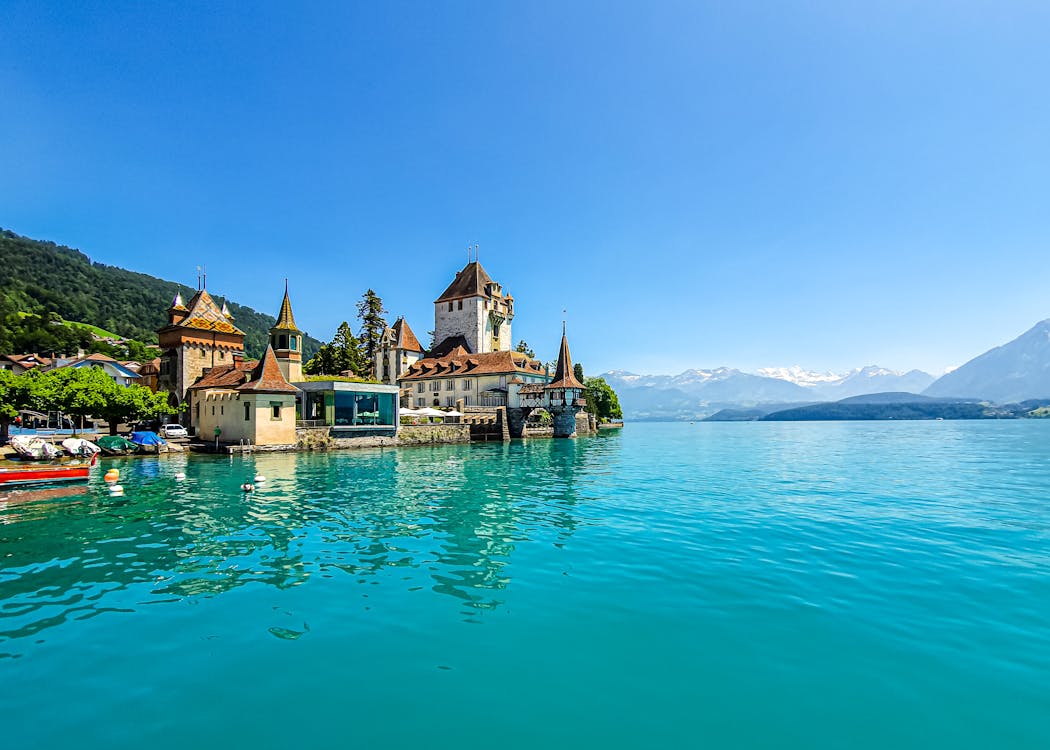
Population: 8,675,925
GDP per capita: $70,280
Thought about one of the most joyful and best countries on Earth, Switzerland is home to German-French and Italian-talking residents, residing calmly and flourishing together for more than 800 years. Indeed, even with its significant expense of living, costly items, administrations, and the Swiss Frank’s amazingly high worth with a high change rate to different monetary standards, individuals stream to draw in with this country through business or the travel industry.
Having a steady economy with a stable currency value, Switzerland is respected profoundly by financial giants looking for a place of refuge for exceptionally productive accomplishments. Appealing tax rates attract investments, while international businesses try to grow their business in Switzerland.
The Swiss are a creative people, shrewdly transforming natural assets into quality merchandise, for example, their exceptionally sort-after chocolate, cheese, adornments, home stylistic layout, and furniture. Trades contribute the most to the GDP, with pearls and valuable metals bringing almost $100 billion per year, trailed by pharmaceuticals and machines.
The mountains, the appeal of its urban areas, and the sumptuous way of life get down on many travelers every year, while the profoundly evolved travel industry area doesn’t ward off with its excessive costs. With no capital additions charge, a low worth included assessment of its items at 7.7%, and below the normal income taxes, the Swiss additionally appreciate putting resources into their economy, liking to purchase neighborhood, paying for waste disposal, and their costly water bottles.
6 United Arab Emirates
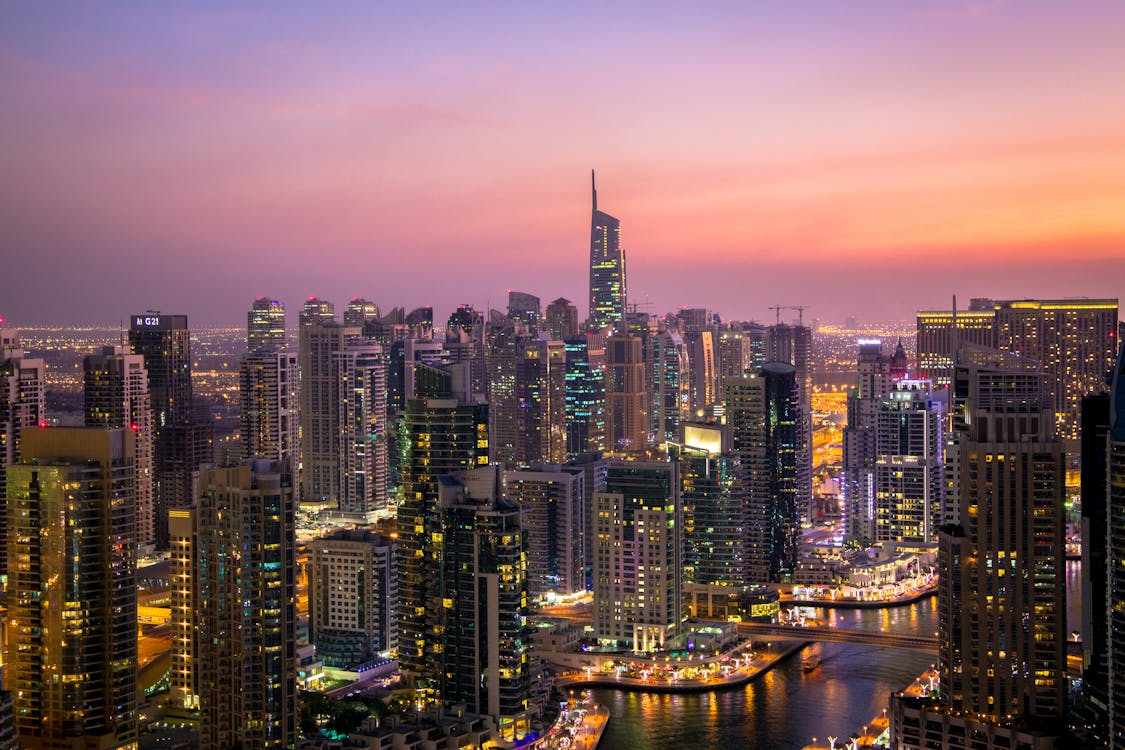
Population: 9,930,222
GDP per capita: $69,960
Long ago when it was called the Trucial States, the pearl business won in this country from the 1770s until the last part of the 1930s, when pearl-diving was a leisure activity transformed into a powerful kind of revenue for individuals living in the little towns. Having had the option to set up probably the most extravagant hotels on the planet, Dubai, alongside the remainder of the nation, has continued on to the travel industry, which continues putting resources into itself through continuous development and notoriety.
The unearthing of oil in the last part of the 1950s caused a conflict among Dubai and Abu Dhabi residents, with the latter getting the advantage over the oil limits and becoming more wealthy while the previous suffered. While Abu Dhabi flourished, the leader of Dubai, Sheik Rashid bin Saeed Al Maktoum, didn’t lose trust in his state’s latent capacity, advancing a huge amount of dollars to put resources into the state’s establishment in 1958, finishing its first air terminal by 1960.
7 Norway
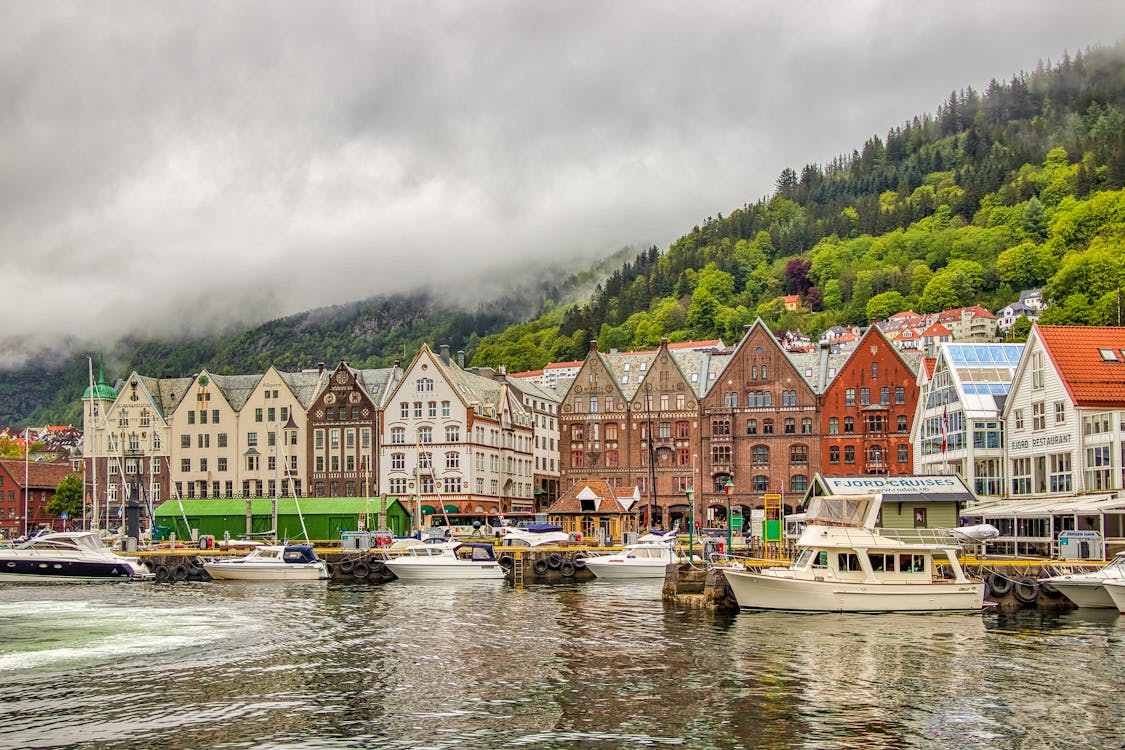
Population: 5,435,880
GDP per capita: $67,990
Norway is known to have the best quality of living on Earth and rank top on the human improvement record with its high-level education frameworks, particular federal retirement aide framework, and medical services for all. Its crude oil and gas assets exports lead the economy, while bountiful stores ensure future flourishing, including fish, hydro-power, amble, minerals, flammable gas, and freshwater. Oil is another commodity that has been bringing Norway wealth since the 1970s.
The government puts resources into free education for its residents, while guardians guarantee that children take in the significance of efficiency since the early stage in school. Keeping occupied with work is a social staple in Norway, without which residents don’t find bliss throughout everyday life. The primary inhabitances incorporate media communications and technology.
Highlighting low joblessness and destitution rates at 3 and 0.5%, separately, it is no big surprise that Norway’s way of life is strived for by different countries. In spite of the fact that things cost a great deal in Norway, Norwegians wouldn’t fret putting once again into their economy, while having high buying power through high wages empowers them to spend luxuriously abroad.
8 United States

Population: 331,644,466
GDP per capita: $65,280
With asset-rich land and the greatest economy on the planet, the United States has a solid purchasing influence. It supplies its energy and can trade its oil and gas for profit, and the size of its economy and the high rate of genuine GDP development goes unrivaled by some other countries. As a moderately liberated market economy with a decentralized political framework, there are practically no state-possessed undertakings, and the general set of laws ensures the risk of investors. Albeit such details draw capable individuals worldwide to go after procuring a fortune, it stays one of the top nations where riches aren’t shared equally.
America has a pioneering attitude that is empowered since the beginning and upheld by college projects and examination institutes. There is additionally a created monetary framework instead of value finance and a decentralized financial framework that upholds innovative activities. In any case, the public debt is present at $27,000 billion, which is additionally $3,000 billion greater than pre-COVID-19.
9 Brunei

Population: 440,788
GDP per capita: $64,726
Having acquired autonomy from Britain in 1984, the little nation of Brunei, located in South Asia, immediately developed to become perhaps one of the wealthiest countries on the planet. Its Sultan manages everything from the military to the economy, forcing special rebuffing rules and giving free education and clinical care for its residents. Brunei has a more than 97% literacy rate.
Brunei is believed as the second most joyful country on the mainland behind Singapore, which might be amazing, considering to be the country’s wealth isn’t similarly appropriated, with a large part of the populace living in destitution. All things considered, while the US’s public debt in 2018 was 106% of its GDP, it was just 2.4% in Brunei.
The thing that has made Brunei so wealthy is its offshore oil boring industry, bringing the financial wealth from export. It is notable that there are individuals in Brunei who appreciate sumptuous things throughout everyday life, with more car possession than in many nations on the planet. In spite of the severe regulations on specific things like homosexuality and liquor consumption, prostitution regularly goes “unrecognized,” and surprisingly the Sultan has had various outrageous sexual scandals expounded on him for being a “sex-fixated ruler.”
10 San Marino

Population: 33,932
GDP per capita: $61,010
The steady and prosperous economy of San Marino is halfway owed to its clever residents, who had the option to effectively adjust and use their accessible assets. Customarily, San Marino was a nation of ranchers and stone-quarrellers, producing cheeses and agrarian items, alongside extraordinary knickknacks made from stone. Today its dedicated residents add to the economy by creating earthenware production, tiles, building materials, furniture, clothing, textures, paints, quality spirits, and wines for trade. The product of organic products has likewise been an element in the country’s new financial development.
Totally encased by Italy, San Marino actually holds a cozy relationship with the country it earlier had a place with, including installments made by the Italian government for restraining infrastructures on tobacco and different products in this South European microstate.
San Marino’s bank framework is likewise firmly incorporated with the EU’s through the Italian economy: its financial and customs frameworks. While the average cost for basic items in San Marino is similar to Italy, the even appropriation of wealth in this communist society has prompted one of the most minimal destitution rates on the planet. Finally, with its low neighborhood populace count and near 3.5 million travelers per year, the greater part of the country’s GDP owes to the travel industry.
11 Denmark
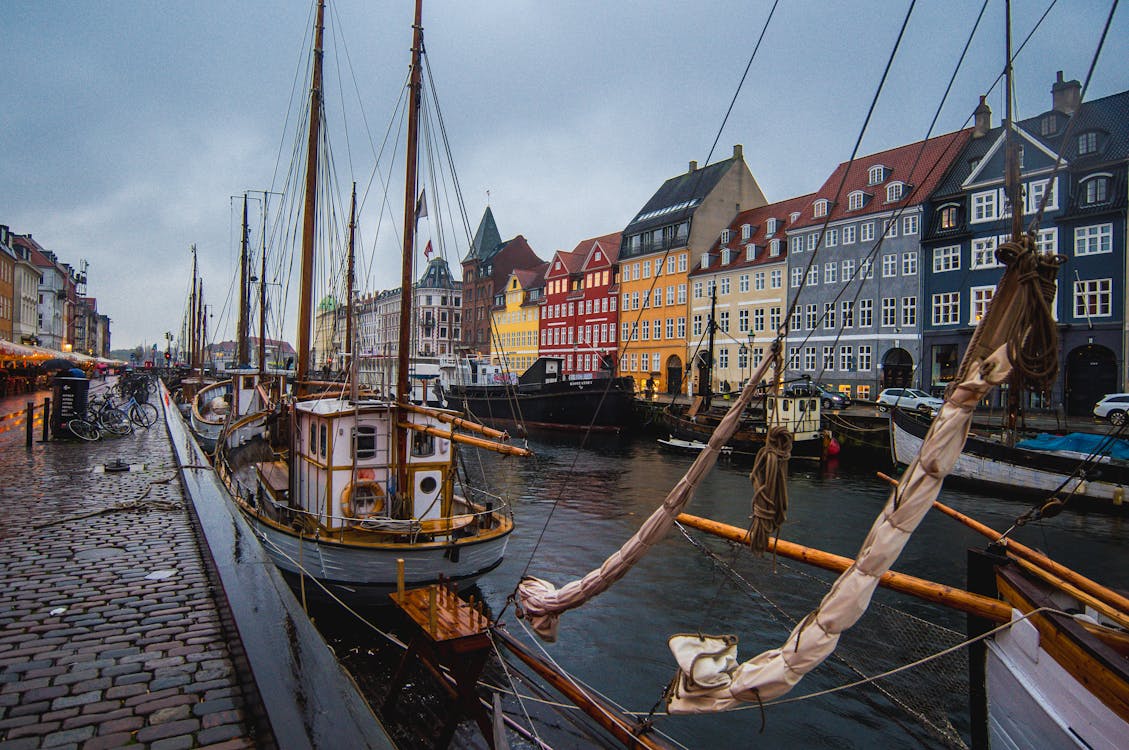
Population: 5,818,550
GDP per capita: $60,334
As estimated by the ostensible GDP, Denmark has the world’s 36th biggest public economy and the 51st biggest economy as far as PPP. In 2020, Denmark’s $58,439 Gross National Income per capita was viewed as the world’s seventh most elevated.
In excess of 5,822,763 occupants living in the country, the blended economy of Denmark is appropriately upheld by the exclusive requirements of living, reliance on foreign commodities and imports, and a worked-on degree of taxpayer-driven organizations and pay moves. As per a report by the World Economic Forum in 2018, the economy of Denmark has been positioned as the world’s tenth and Europe’s sixth most cutthroat economy.
A portion of the huge ventures in Denmark incorporate development, clinical and transportation gear, food handling, wind turbines, and so on The nation principally trade fish, meat, dairy items, pharmaceuticals, apparatus, unrefined petroleum, and so on Denmark sent out around 460 million gigajoules of energy in 2018.
12 Netherlands
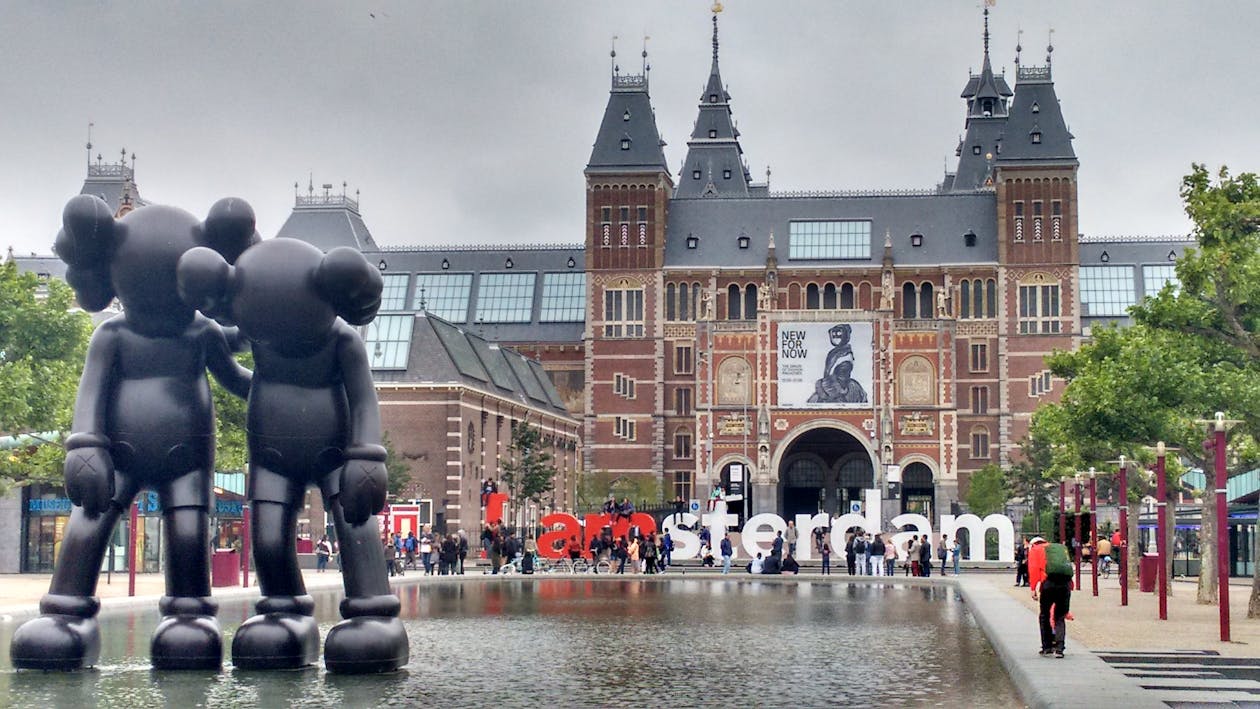
Population: 17,332,850
GDP per capita: $59,500
The Netherlands is viewed as the world’s seventeenth biggest economy and one of the world’s most noteworthy procuring countries. The prosperous and open economy of the Netherlands is vigorously reliant upon foreign exchange, low joblessness and expansion rates, stable businesses, and the country’s important job as the significant transportation center of Europe.
A portion of the significant businesses of the Netherlands incorporates petrol refining, food handling, monetary administrations, electrical apparatus, and so on. The Netherlands is likewise one of the world’s driving exporters, with its key exchanging accomplices being Germany, the United Kingdom, France, the United States, Russia, China, Italy, and Belgium. As indicated by a report by the World Economic Forum in 2018, the economy of the Netherlands has been positioned as the world’s fourth most competitive economy.
13 Austria

Population: 8,877,075
GDP per capita: $58,650
When it comes to GDP per capita, Austria is one of the world’s wealthiest nations because of its exceptionally all-around developed social market and industrialized economy. Notwithstanding its profoundly evolved enterprises, the global travel industry is additionally one of the significant supporters of the economy of Austria. Roughly 66% of the imports and commodities of Austria come from its exchange with the other member states of the European Union.
14 Iceland
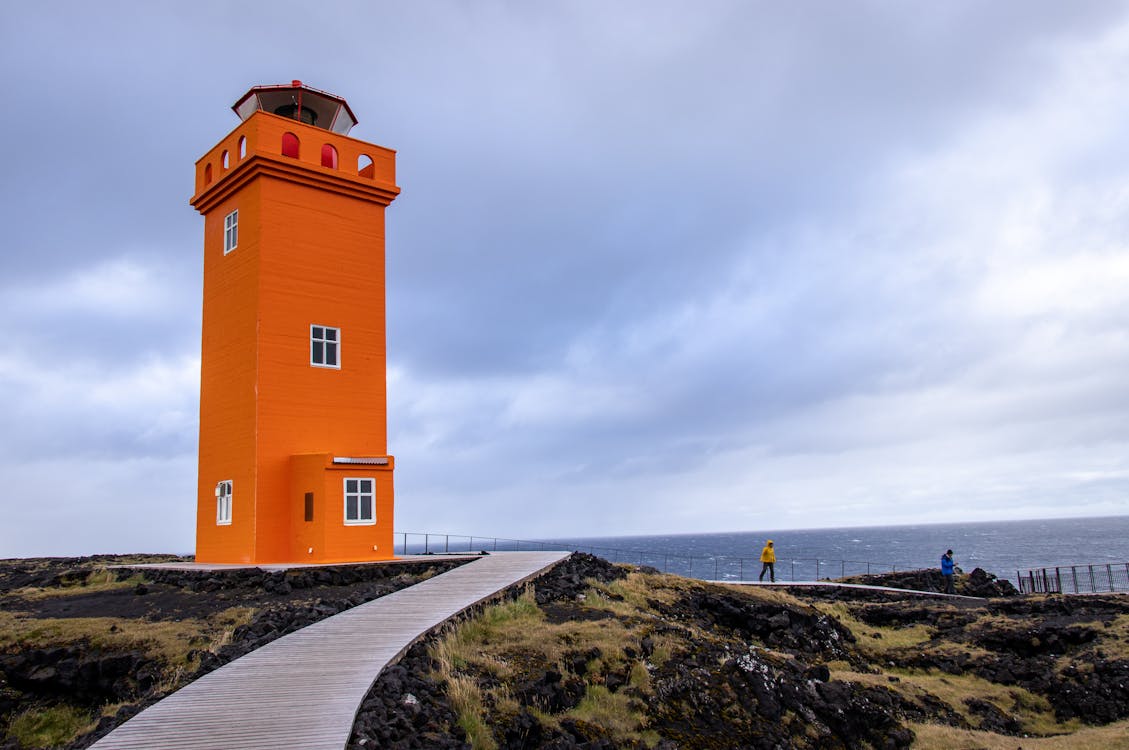
Population: 361,310
GDP per capita: $58,520
As estimated by the ostensible GDP in 2007, Iceland is viewed as the world’s seventh most useful nation and the fifth-best as far as PPP is concerned. It is assessed that around 85% of the country’s essential energy supply is met from locally delivered sustainable wellsprings of energy.
The utilization of hydroelectric and geothermal power has made the country the biggest per-capita power maker on the planet. It has additionally made Iceland one of the world’s top greenest economies. The blended economy of Iceland vigorously depends on the intercession of the government just as the further developed degrees of deregulation.
A portion of the significant businesses of Iceland incorporate the travel industry, fabricating, aluminum refining, fisheries, farming, and so forth In December 2007, because of the disappointment of the three biggest business banks in the country, Iceland was hit by a significant monetary emergency. Accordingly, there was an extraordinary drop in the nation’s GDP. All things considered, positive GDP development in 2011 supported by a lift in the travel industry assisted with recuperating the Icelandic economy.
15 Germany

Population: 83,133,800
GDP per capita: $55,891
As far as GDP per capita and the high expectations for everyday comforts of its residents, Germany is one of the world’s richest nations. It is one of the world’s greatest exporters. Germany sends out cars, synthetic substances, electronic and electrical items, hardware, and so on. The nation has Europe’s biggest manufacturing economy.
Summary
The wealthiest nations recorded above show the predominance of European countries on the rundown. Oil-rich economies like UAE and Qatar from the Middle East are likewise included in the rundown. Nonetheless, with petroleum product reserves quick-draining in these nations, the eventual fate of these countries will rely upon how adequately they differentiate their economies.
The United States, the world’s greatest economy as far as ostensible GDP, positions eighth according to capita GDP. With the world changing at a remarkable rate, the world’s wealthiest nations may see a huge change in rankings in the coming years.
Hope you enjoyed reading this post and knowing the current richest countries in the world. Now, if you feel more should be added to the list, kindly drop your suggestions in the comment box below. Thank you!
Sharing Is Caring!
